Time: 2025-07-31 09:22:47 Source: Henan Province Jianyun Cable Co., Ltd.
Copper house wiring cables rated at 300/500 V are essential for safe and reliable electrical installations in residential and light commercial buildings. These cables, designed for low-voltage applications, offer excellent conductivity and durability. This guide provides a comprehensive overview of the sizes, standards, and applications of 300/500 V copper house wiring cables, presented in a formal and structured manner.
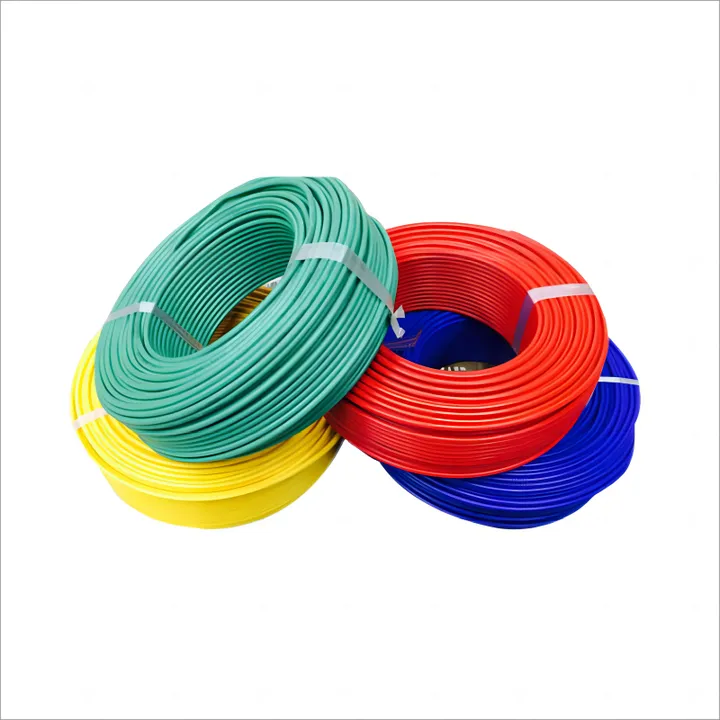
Copper house wiring cables rated at 300/500 V (300 V to ground, 500 V between conductors) are used for power distribution and control circuits in residential and light commercial settings. These cables typically feature stranded or solid copper conductors for high conductivity and are insulated with materials like polyvinyl chloride (PVC) or cross-linked polyethylene (XLPE). Available in single-core or multi-core configurations, they are designed for fixed installations within conduits, trunking, or directly embedded in walls, ensuring safe and efficient electricity delivery.
Copper house wiring cables are available in various sizes to accommodate different current loads and installation requirements:
| Conductor Size (mm²) | Ampacity (A) | Typical Use |
|---|---|---|
| 0.75 | ~12 | Control signals |
| 1.0 | ~15 | Lighting circuits |
| 1.5 | ~18 | Lighting, small appliances |
| 2.5 | ~25 | Power outlets |
| 4 | ~34 | High-power appliances |
| 6 | ~44 | Sub-main circuits |
Copper house wiring cables must comply with international and regional standards to ensure safety and performance:
| Standard | Description |
|---|---|
| IEC 60227 | PVC-insulated cables up to 450/750 V |
| BS 6004 | PVC cables for UK low-voltage installations |
| EN 50525 | Harmonized low-voltage cables |
300/500 V copper house wiring cables are used in various applications within residential and light commercial settings:
| Application | Recommended Size (mm²) |
|---|---|
| Lighting Circuits | 1.0–1.5 |
| Power Outlets | 2.5 |
| High-Power Appliances | 4–6 |
| Control Circuits | 0.75–1.5 |
Choosing the appropriate 300/500 V copper house wiring cable involves the following considerations:
| Criterion | Consideration |
|---|---|
| Current Load | Select size based on ampacity |
| Voltage Drop | Keep <3% using VD formula |
| Environment | PVC for indoor, XLPE for outdoor |
| Conductor Type | Solid for fixed, stranded for flexibility |
| Challenge | Solution |
|---|---|
| Voltage Drop | Use larger cables (e.g., 4 mm²) for long runs, calculate VD accurately |
| Overheating | Apply derating factors (e.g., 0.91 for 40°C), avoid overloading |
| Environmental Exposure | Use conduits or XLPE insulation for outdoor or damp areas |
| Installation Errors | Follow standards, use proper tools for cutting and termination |
Copper house wiring cables rated at 300/500 V are vital for safe and efficient electrical installations in residential and light commercial settings. Available in sizes from 0.75 mm² to 6 mm², these cables support applications like lighting, power outlets, and high-power appliances. Compliance with standards ensures safety and performance, while proper sizing based on current, voltage drop, and environmental conditions prevents issues like overheating or excessive losses. By adhering to selection criteria and addressing challenges through careful planning and installation, these cables ensure reliable power distribution for 25–30 years.
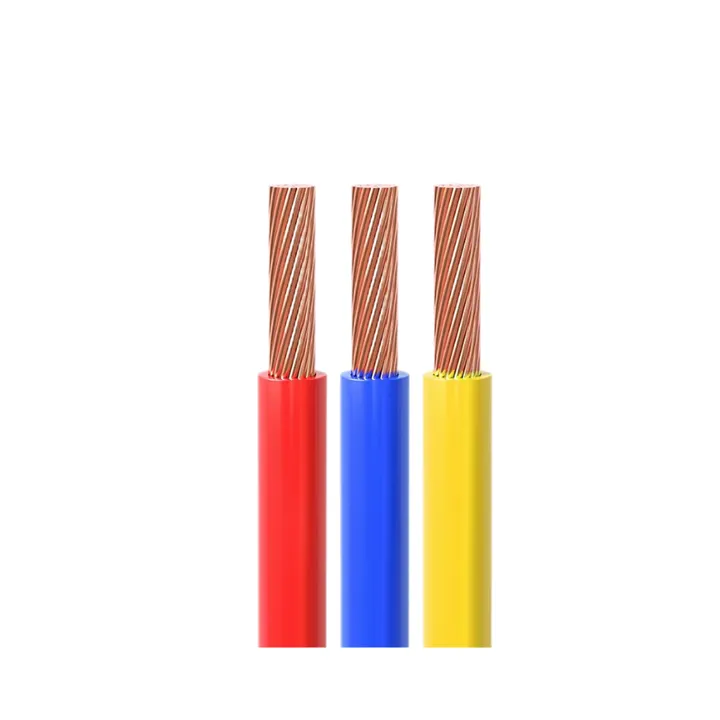
CE Certification 450/750v H07VVF Flexible Copper PVC Insulated Ac Cable 3*2.5 Mm
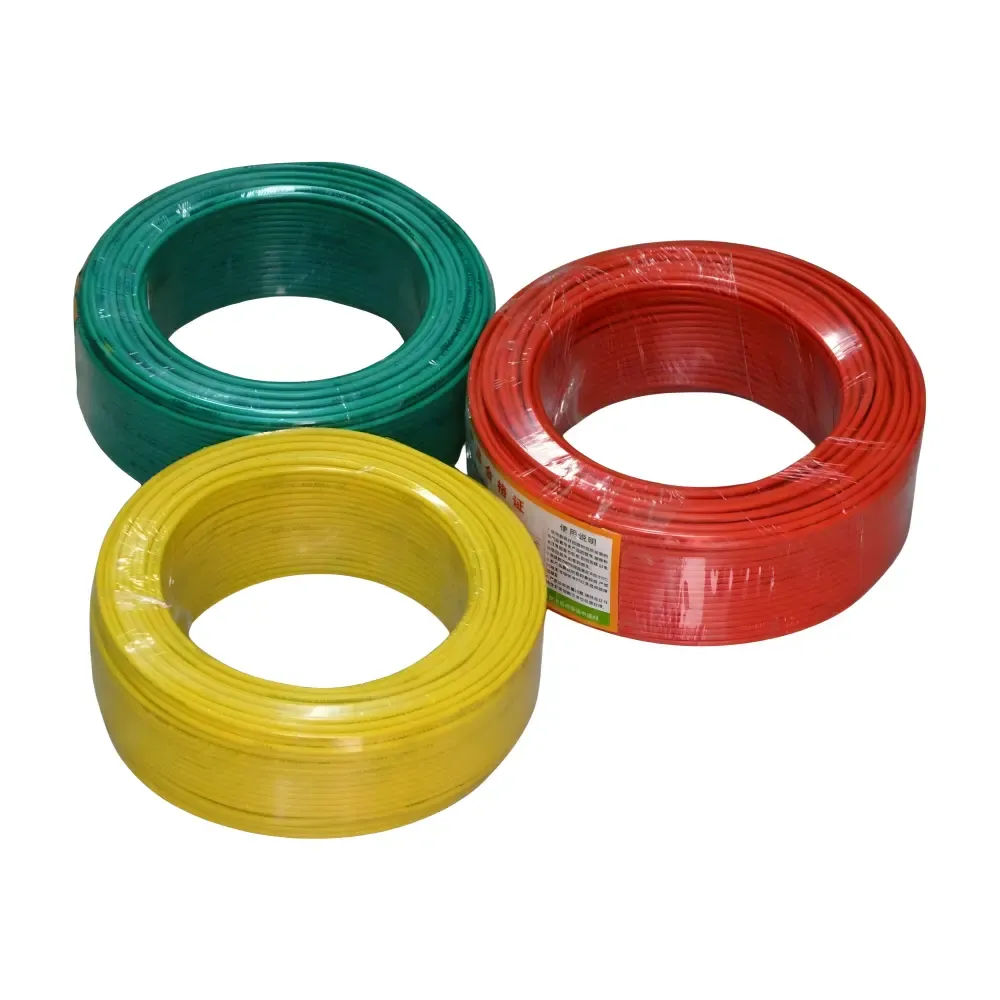
low voltage copper conductor PVC insulation underground BV BVR cable for industr
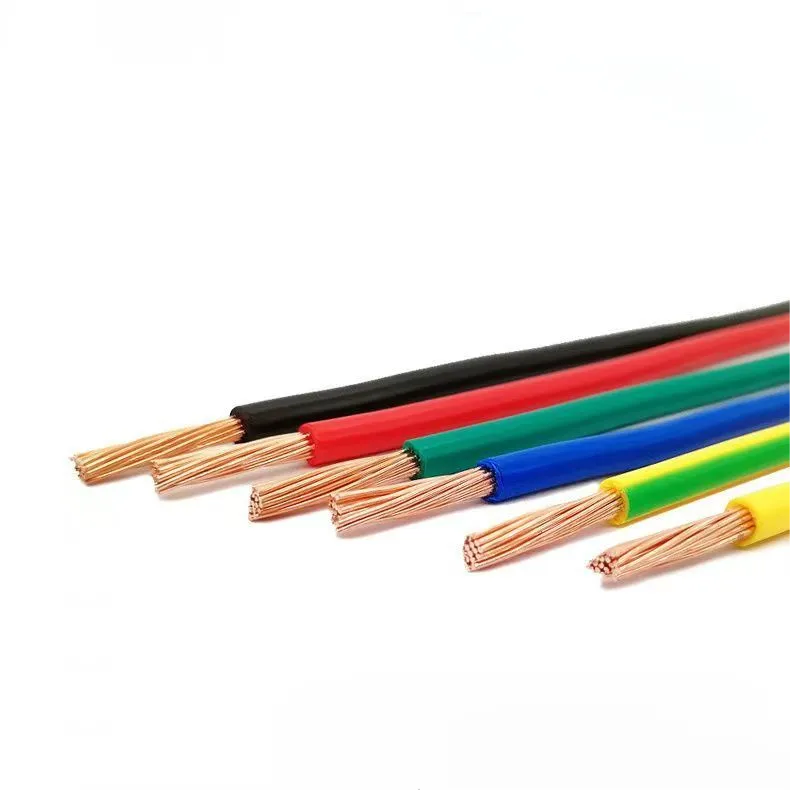
PVC electric wires are one of the most widely used electrical conductors in resi
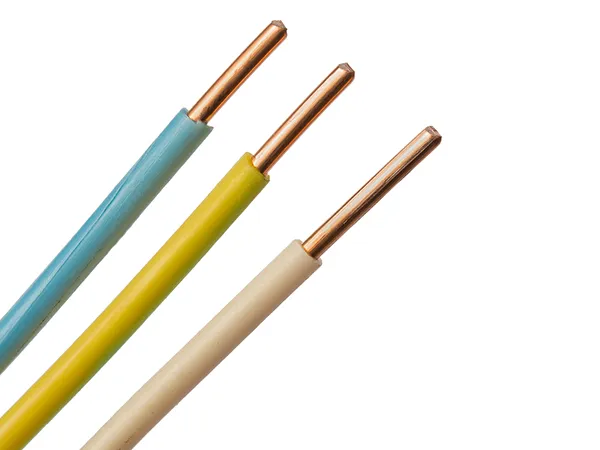
H07V-U wire is a flexible, low voltage electrical wire commonly used in industri